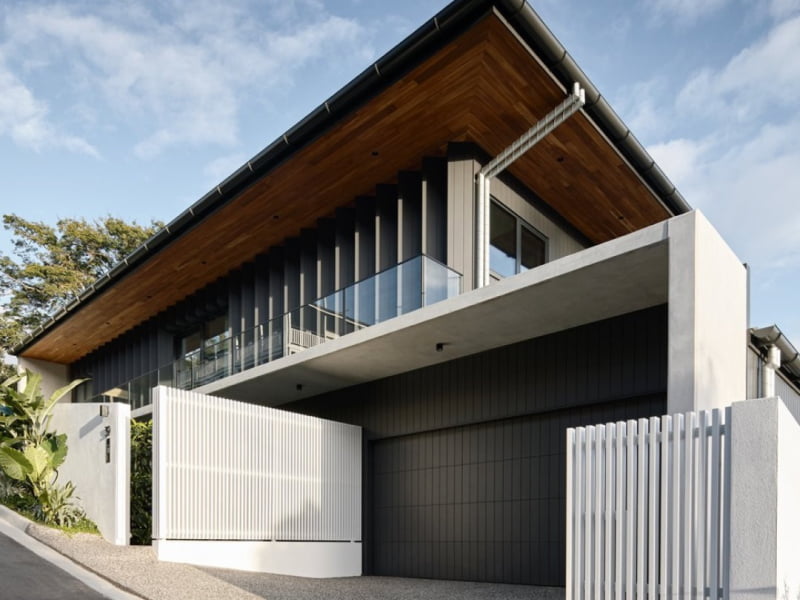The world of construction and real estate has been rapidly evolving with an increased focus on sustainability and eco-friendly practices. One term that has gained significant traction in this context is LEED certification. In this LEED certification tutorial, we will explore what it means, why it is important, and how it can benefit both homeowners and real estate developers.
Achieving LEED certification not only contributes to environmental conservation but also enhances the marketability and value of a property. By the end of this tutorial, you will have a clearer understanding of how to pursue this valuable certification process.

Understanding LEED Certification
What is LEED Certification?
Leadership in Energy and Environmental Design (LEED) is a globally recognized framework for sustainable building. It applies to a variety of building projects and emphasizes efficient resource use, health-promoting construction methods, and minimal environmental impact.
History of LEED Certification
LEED was developed by the U.S. Green Building Council (USGBC) in the 1990s to encourage green building practices and provide a standard that exemplifies leadership and innovation in construction.
Benefits of LEED Certification
There are numerous benefits to LEED certification. Not only does it improve energy efficiency and reduce utility costs, but it also enhances indoor air quality, boosts worker productivity, and can offer federal and local incentives.
Importance of LEED Certification for Homeowners
Cost Savings
For homeowners, one of the major perks of a LEED certified home is the significant savings on energy bills due to optimized performance.
Health and Well-being
LEED certification ensures that homes use non-toxic materials, thereby improving the health and well-being of their occupants.
Increased Property Value
Homes with LEED certification often see an increase in resale value and attract a broader pool of prospective buyers.
Importance of LEED Certification for Real Estate Developers
Competitive Edge
Real estate developers with LEED certified projects can set themselves apart from competitors by demonstrating a commitment to sustainability.
Regulatory Compliance
LEED helps ensure compliance with local and national environmental regulations, protecting developers from potential legal issues.
Market Demand
As consumer awareness about environmental issues grows, so does the demand for green buildings. LEED certification aligns with current market trends, ensuring a projects relevance long into the future.
Steps to Obtain LEED Certification
Step 1: Set Your Project Goals
Determine the level of LEED certification you aim to achieve and the specific requirements your project must meet.
Step 2: Register Your Project
Projects must be registered with the USGBC to begin the certification process, a step that involves paying a registration fee and submitting project details.
Step 3: Design and Plan
Work with architects and engineers to incorporate sustainable practices from the onset, thereby ensuring that you meet LEED criteria.
Step 4: Implementation
During construction, ensure all documentation of green practices is comprehensive and ongoing to facilitate the certification process.
Step 5: Certification Review
Submit documentation to the USGBC for review. After evaluation, you’ll be notified if your project has achieved LEED certification.
Common Challenges in Achieving LEED Certification
Budget Constraints
Initial costs may be higher due to investment in quality materials and energy-efficient systems. However, these are offset by long-term savings.
Complexity of Documentation
Comprehensive documentation is essential, which can be both time-consuming and overwhelming without the right expertise.
Resources for LEED Certification
Several websites and organizations offer invaluable resources, guidelines, and tools to assist with the LEED certification process. Green Construction Guide is a stellar example.

FAQ
What is the cost of LEED certification?
The cost varies based on project size and complexity but generally involves registration, certification, and potential consulting fees.
How long does LEED certification take?
This can range from a few months to years, influenced by project size, complexity, and the level of certification being pursued.
Is LEED certification renewable?
Yes, maintaining LEED certification may require periodic updates and re-certification to ensure continued compliance with evolving standards.
This article contains affiliate links. We may earn a commission at no extra cost to you.




